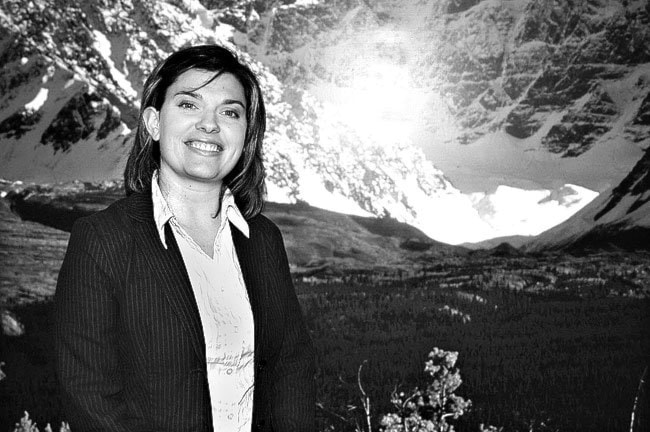Robert Campbell, a name now familiar throughout the Yukon, had a career with the Hudson Bay Company that was filled with equal parts triumph and disaster.
Campbell was born in Glen Lyon, Scotland, in February, 1908. As a boy, he worked on his father’s sheep farm, but was looking for adventure abroad.
At 22, he began working at the Hudson Bay Company’s experimental farm at Red River.
Four years later he was looking for more adventure and transferred to work in the company’s fur trade.
In 1842 Campbell led 10 Hudson Bay Company employees and four First Nation men to Frances Lake where he built a trading post.
The following year he descended the Pelly River to where it met the Lewes River, which is now the Yukon River.
And that was where things slowed down considerably.
Campbell’s mission was to establish a trading post where the two rivers met, but his efforts were met by a few unfortunate circumstances.
Provisions were scarce, and he and his men were miserable and faced starvation daily.
Campbell was reluctant to expand the trade into potentially hostile areas, but Fort Selkirk was finally established as a company trading post in 1848.
Campbell wanted to keep exploring; he was interested in finding a route to the Pacific Coast, but the governor at the time feared that other traders would take advantage of the posts that the Hudson Bay Company had cleared.
So Campbell was instructed to explore the route between Fort Selkirk and Fort Yukon in Alaska.
By 1851, he had established another post at Fort Yukon, and the following year he was promoted to chief trader.
In 1852 Fort Selkirk was ransacked by the Chilkat, who had long resented the Hudson Bay Company’s intrusion into their interior trade. Campbell’s attempts to re-establish the post be immediately were shot down by the company’s managers.
“In an attempt to obtain its reopening, and, just as important, to clear himself of any responsibility for the episode, Campbell set off from Fort Selkirk for Montreal, where he put his case before Simpson,” wrote Ken Coates in Campbell’s Arctic Profile. “His appeal was rejected, the governor suggesting instead that he travel to England on leave.”
After Campbell returned to North America he was bumped around through different posts in the North until he was named chief factor in 1867.
During the Red River insurrection of 1869, Campbell feared that his post would be taken over by Metis, wrote Coates in Campbell’s Online Biography.
Campbell’s fears caused him to bypass the standard transportation routes and move his family and the district’s furs out of the area through the United States.
Many disapproved of this action, especially William Mactavish, the governor of Assiniboia and Rupert’s Land.
Soon after, Campbell received notice that his services were “no longer required.”
“Although he had been contemplating resignation he was angered by his abrupt dismissal,” wrote Coates.
“Distraught over the recent death of his wife, however, he decided against seeking redress for what he felt was mistreatment.”
Campbell lived alternately in Scotland and Manitoba until his death in 1894.
“Robert Campbell dearly sought the fame he felt would accompany geographic exploits in the far North, but he lacked the flair and originality of other northern explorers,” wrote Coates.
“Campbell advanced northward in a tentative fashion, stopping short of the bold exploratory thrust that would have solidified his claim to being a great explorer.”
Nonetheless, Campbell’s name is remembered throughout the Yukon today. The Robert Campbell Highway and the Robert Campbell Bridge, which connects Riverdale to downtown Whitehorse, bear his name.
This column is provided by the MacBride Museum of Yukon History. Each week it will explore a different morsel of Yukon’s modern history. For more information, or to comment on anything in this column e-mail lchalykoff@macbridemuseum.com.
